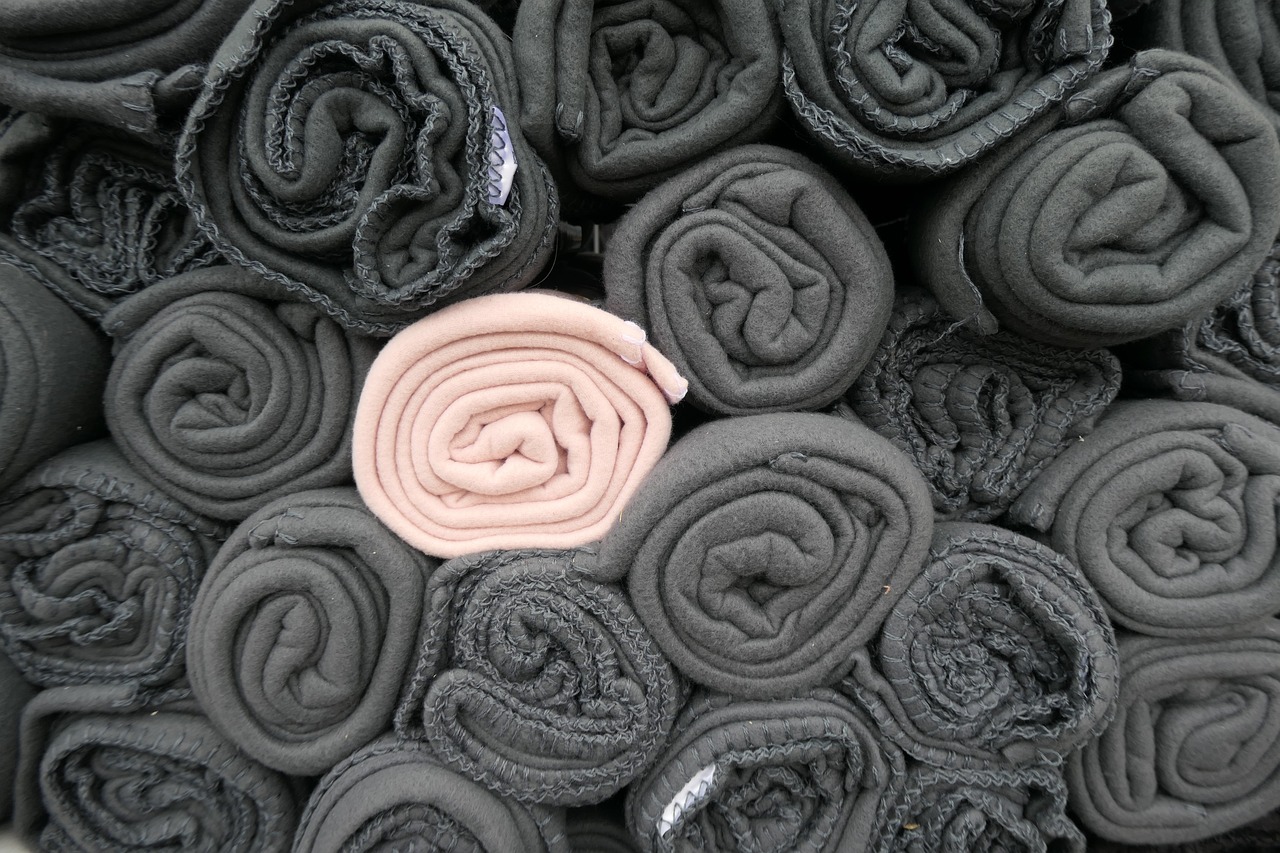Blanket manufacturers cater to rising consumer demand by leveraging technological innovations. For instance, they use temperature-regulating fibers to offer enhanced comfort and health benefits.
In addition, blanket producers focus on transparency and ethical production practices to resonate with eco-conscious consumers. However, volatile cotton prices limit market growth and impact product margins.
Blanket Exporting Countries Supplying to Saudi Ar
The top exporting countries for blankets and traveling rugs (except electric) are the United States, Japan, Germany, and Thailand. These countries account for a combined X% of global exports. In value terms, the U.S. is the leading exporter of blankets and travelling rugs (except electric) with a X% share.
Using a combination of modern technology and traditional expertise, these companies strive to meet the demands of their customers. Their focus on quality ensures that their products are comfortable, durable, and stylish. In addition, they use high-quality materials such as wool and synthetic fibers to create a range of products that cater to different consumer needs.
It is important to note that some buyers require specific packaging specifications. This can include information such as composition, size, and origin. In this case, it is best to ask for a quote from the importer. Volza’s data includes shipment dates, countries of origin and destination, ports of origin/destination, details of Importers and Suppliers, and top decision makers’ contact information.
India’s Role in the Blanket Export Market
These changes include a shift from traditional wool to cotton and from bulky to lightweight materials. In addition, consumers are seeking blankets that align with ethical and environmental considerations. Manufacturers have responded by introducing products such as organic, hypoallergenic, and sustainable blankets. They have also introduced a range of textures, from plush to weighted, and designs that reflect contemporary aesthetics.
India is a key player in the blanket export market because of its cheap labor costs and large-scale manufacturing capabilities. The country’s blanket manufacturers utilize both traditional handloom techniques and modern production processes to meet demand for a wide variety of products. This ensures that producers can cater to a diverse range of global consumer demands.
E-commerce is expanding the blanket market’s reach, enabling companies to target niche consumer segments and increase sales. Meanwhile, retail chains remain prominent distribution channels for blankets because of their extensive reach and the ability to allow consumers to physically evaluate products.
Factors Influencing Bulk Blanket Export to Saudi
These include changing consumer spending trends and technological innovation. . This trend has also boosted sales of blankets made from organic materials and other environmentally friendly fabrics.
Technological innovations present new growth opportunities in the blanket industry. For example, smart blankets with temperature regulation and health-monitoring features are attracting a growing number of tech-savvy consumers. These types of blankets are expected to dominate the market in the future.
In addition to the economic benefits of reducing food waste, it also reduces carbon emissions and preserves natural resources. The government can help by regulating prices and providing subsidies for certain foods. It can also support initiatives like the National Food Waste Strategy and Fight Food Waste Cooperative Research Centre. These efforts can help Saudi Arabia achieve its goals for reducing food waste.
Future of the Blanket Export Market in Saudi Arab
The blanket export market is expected to grow, fueled by increasing consumer spending on comfort-enhancing items. Consumers seek to replace or upgrade blankets on a recurring basis, ensuring steady demand for the product.
Consumer eco-consciousness has shifted the market toward blankets crafted from sustainable materials, such as organic cotton and recycled fibers. The shift is a response to growing awareness of the environmental impact of conventional production and health concerns over synthetic fabrics. Blankets crafted from sustainable materials also align with the ethical values of today’s consumers, which further fuels their growth.
However, trade barriers and manufacturing constraints limit the potential of the blanket export market. Import tariffs and quotas can raise the cost of raw materials and reduce overall profit margins for manufacturers. In addition, shortages in production capacity can increase prices and reduce the availability of the product. Volza’s Saudi Arabia blanket import data reveals these trends and more, providing comprehensive insight into the global marketplace.
Conclusion
The market for blankets continues to evolve with changing consumer preferences. Rising demand for comfort and therapeutic benefits prompts innovation with features like cooling technology, temperature-regulating fibers, and moisture-wicking materials. Emerging Direct-to-Consumer (DTC) brands emphasize transparency, sustainable materials, and personalized customer experiences. Meanwhile, artisanal brands cater to niche markets with bespoke designs and handmade materials sourced locally or organically.
The blanket market is also influenced by sustainability trends. Growing consumer eco-consciousness drives demand for blankets crafted from organic, hypoallergenic, and recycled materials. In addition, consumers favor products that align with ethical and environmental values and lifestyle needs.
The market for bulk blankets in Saudi Arabia is highly competitive, with established international suppliers facing intense competition from regional players. This competitive landscape is expected to persist in the foreseeable future, despite the recent growth of online retailing in the region. Rising disposable incomes in emerging markets continue to boost consumer spending on premium home goods, fueling market growth.
